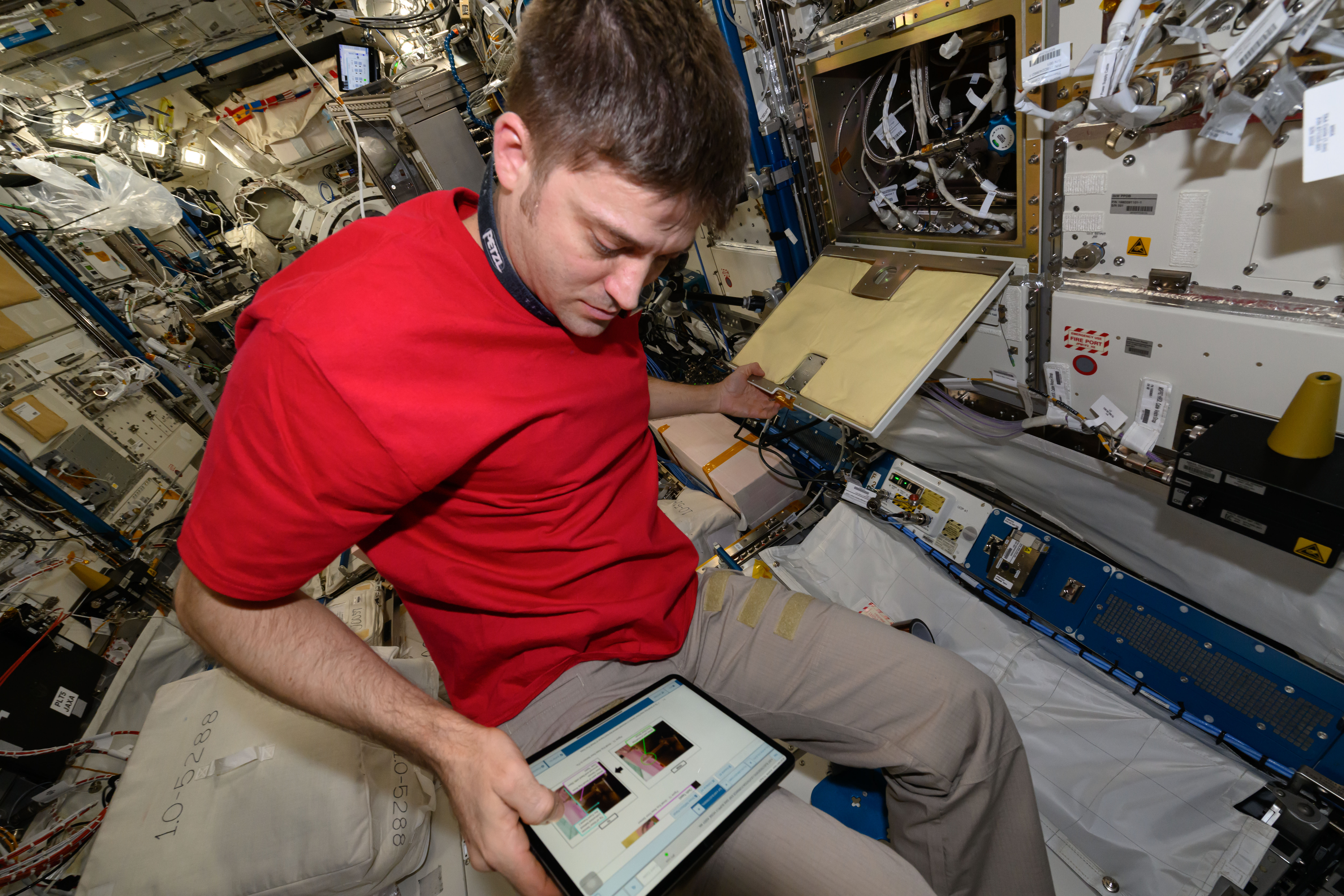11 Fascinating Facts About Living and Working on the ISS
The International Space Station (ISS) stands as a testament to human ingenuity and international collaboration, orbiting Earth at an altitude of approximately 420 kilometers. This floating laboratory is not just a marvel of engineering but also a unique environment where life and work defy the norms of our terrestrial existence. As we delve into the intricacies of daily life aboard the ISS, we uncover insights that not only broaden our understanding of space but also offer profound reflections on life and work here on Earth. From the physiological challenges posed by microgravity to the psychological dynamics of living in confined quarters, the ISS provides a rare lens through which we can explore the extraordinary.
1. The Microgravity Effect: A New Way to Move

In the weightless environment of the ISS, astronauts experience microgravity, which drastically alters the way they interact with their surroundings. This lack of gravity means that simple tasks like walking or pouring a drink become complex challenges. Astronauts must learn to navigate by floating, using handrails and foot loops to stabilize themselves. This shift in movement requires a significant cognitive adjustment, enhancing spatial awareness and coordination. The lessons learned from these adaptations can influence how we approach problem-solving and innovation on Earth, encouraging us to think beyond conventional limitations and explore new ways of interacting with our environment.